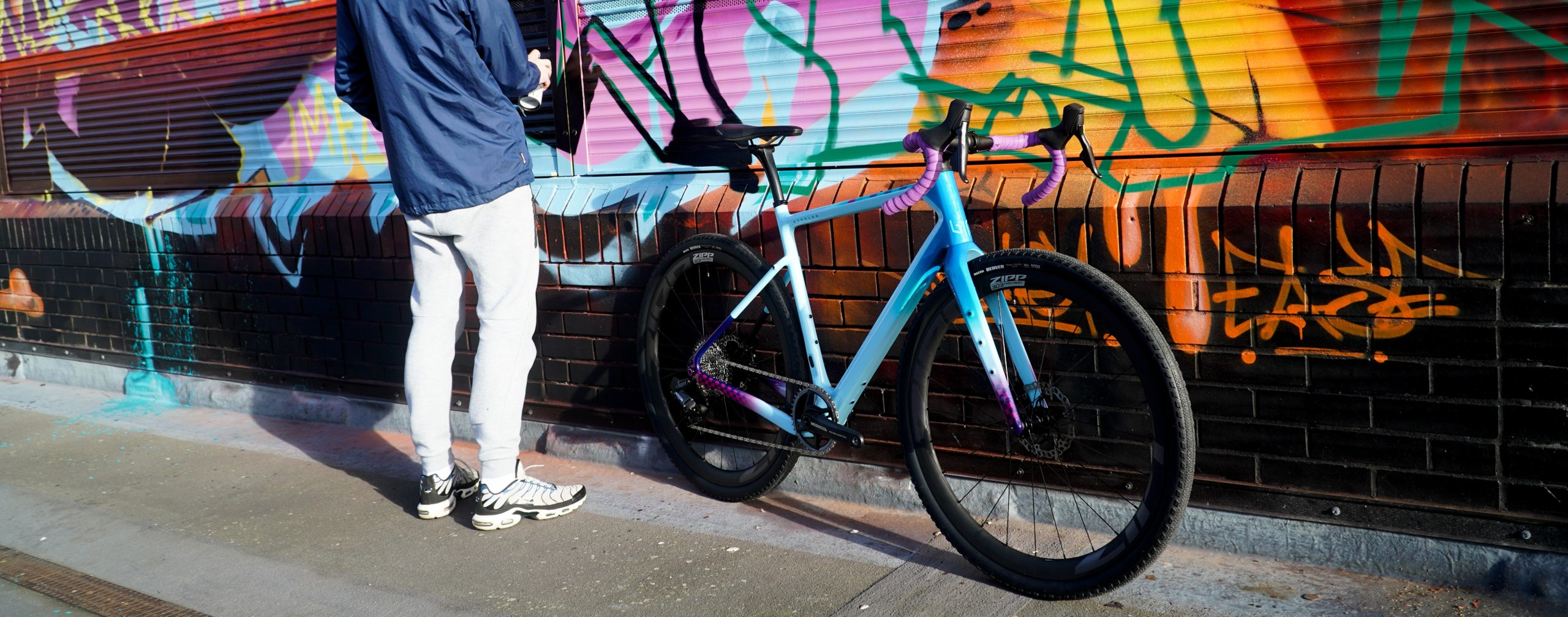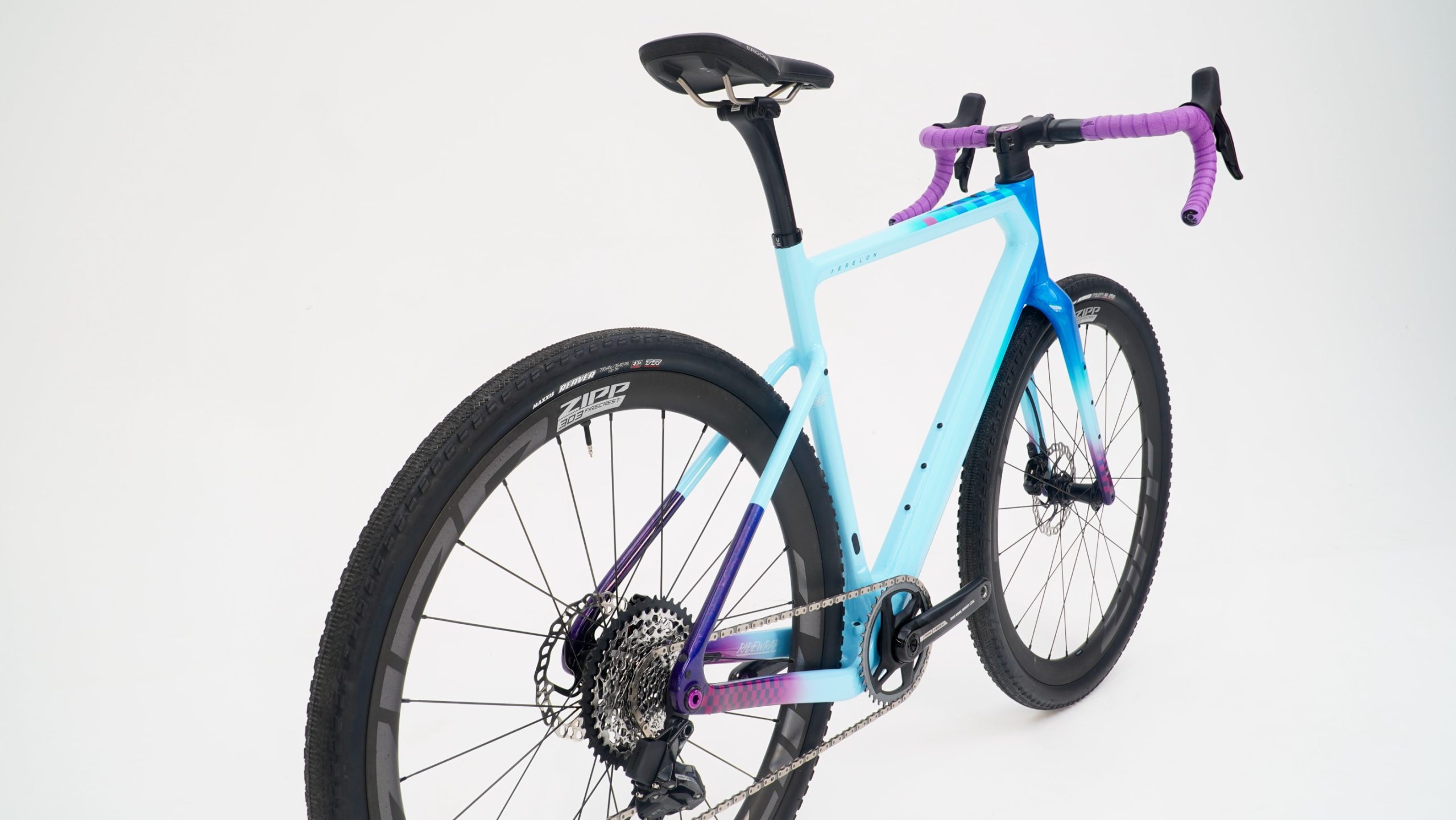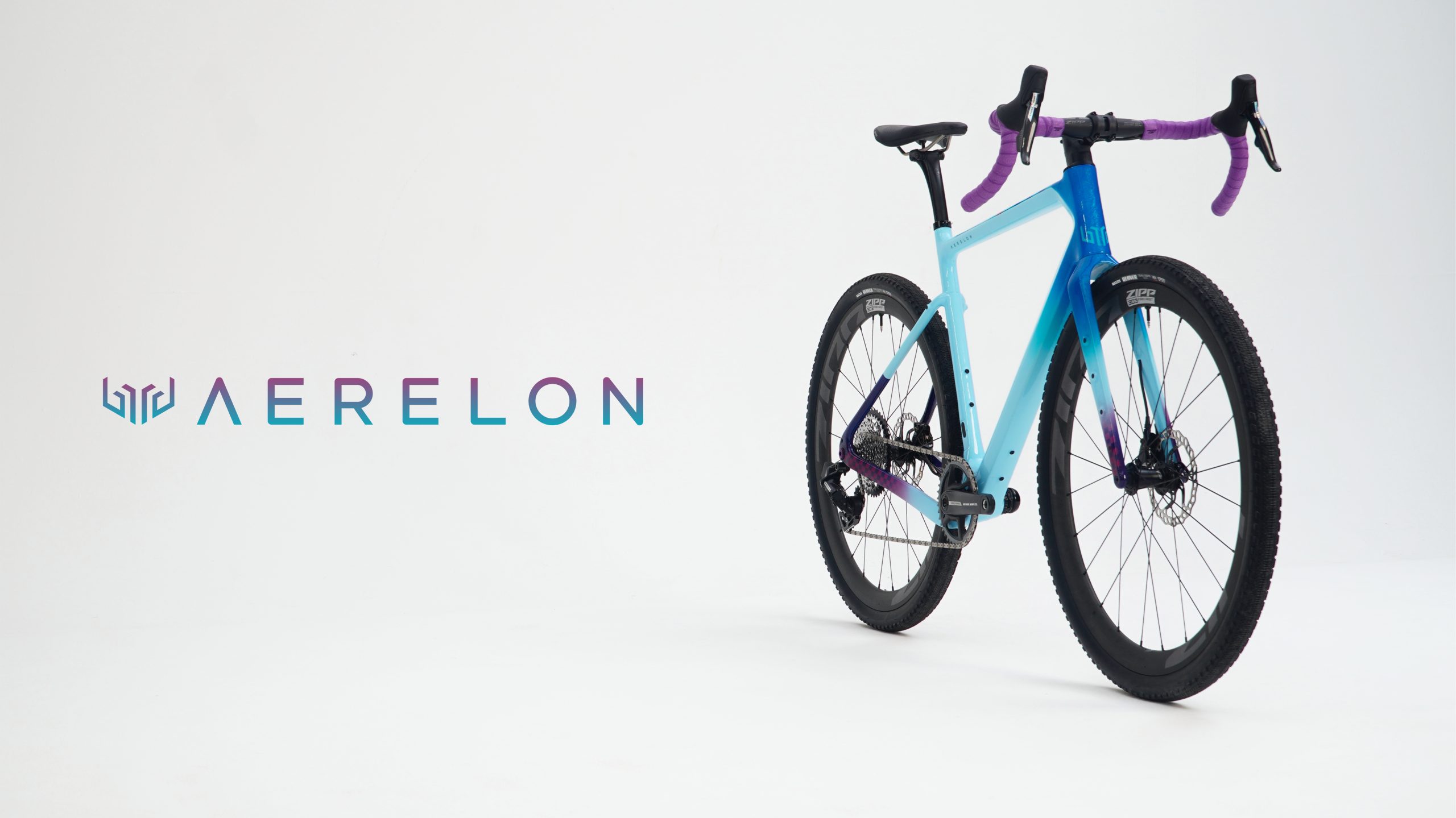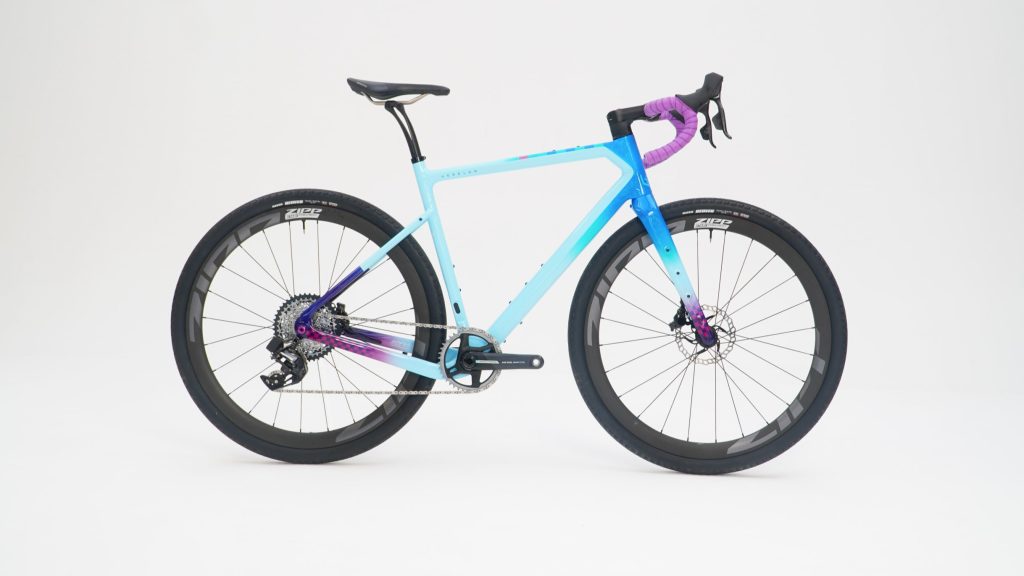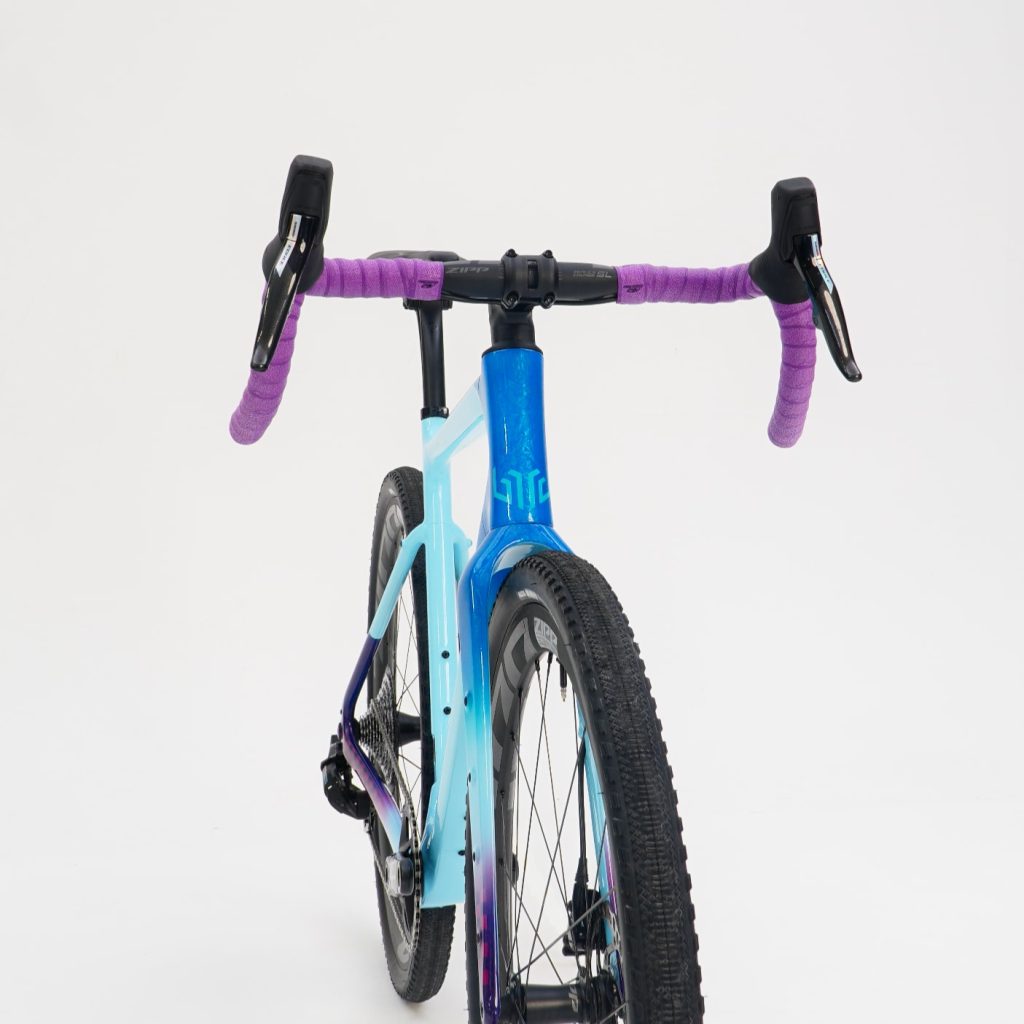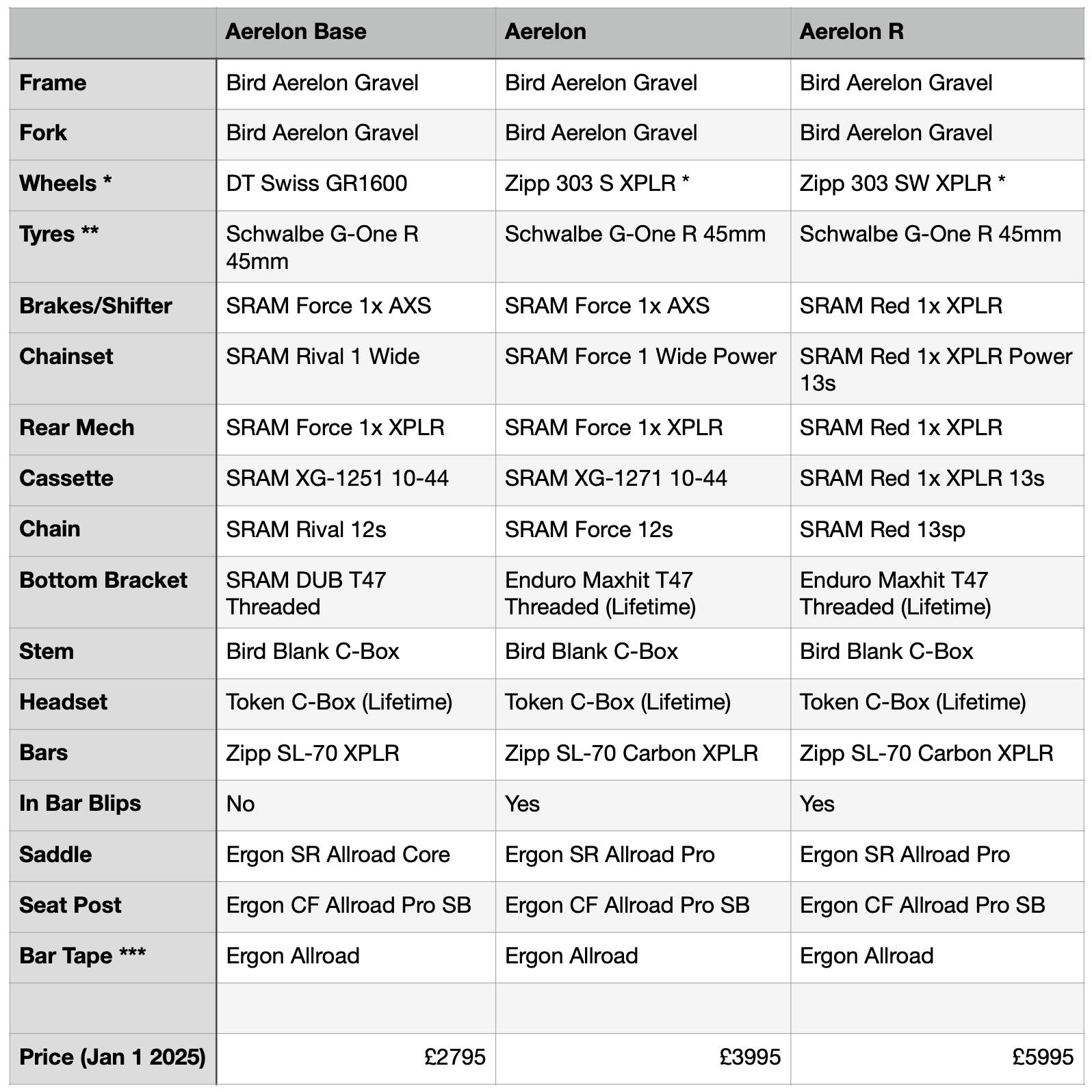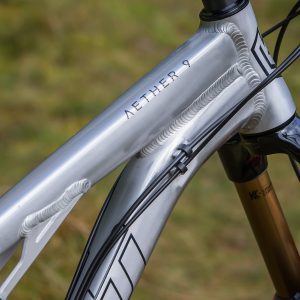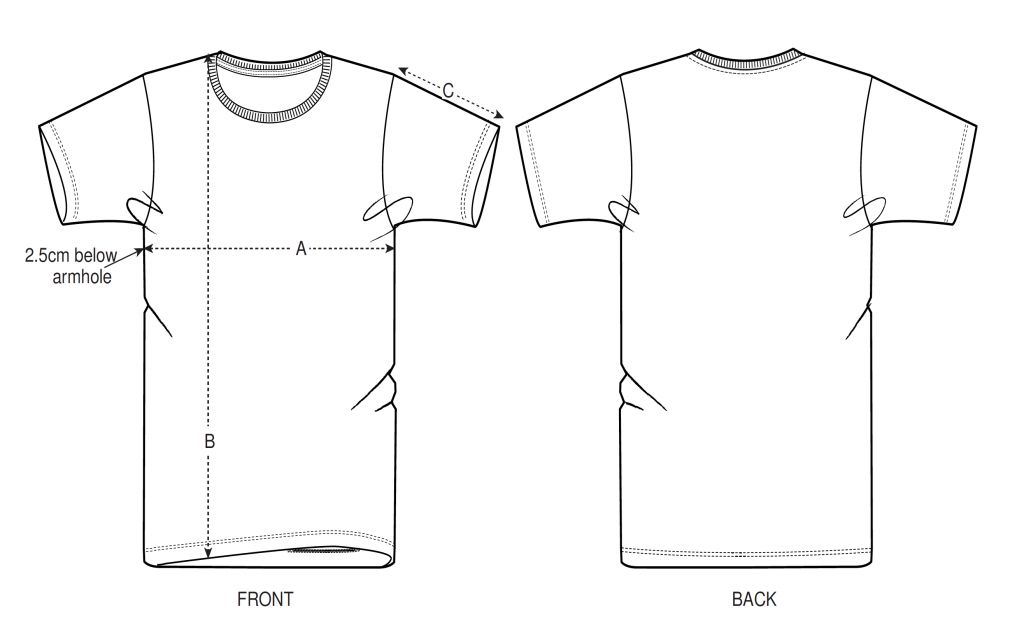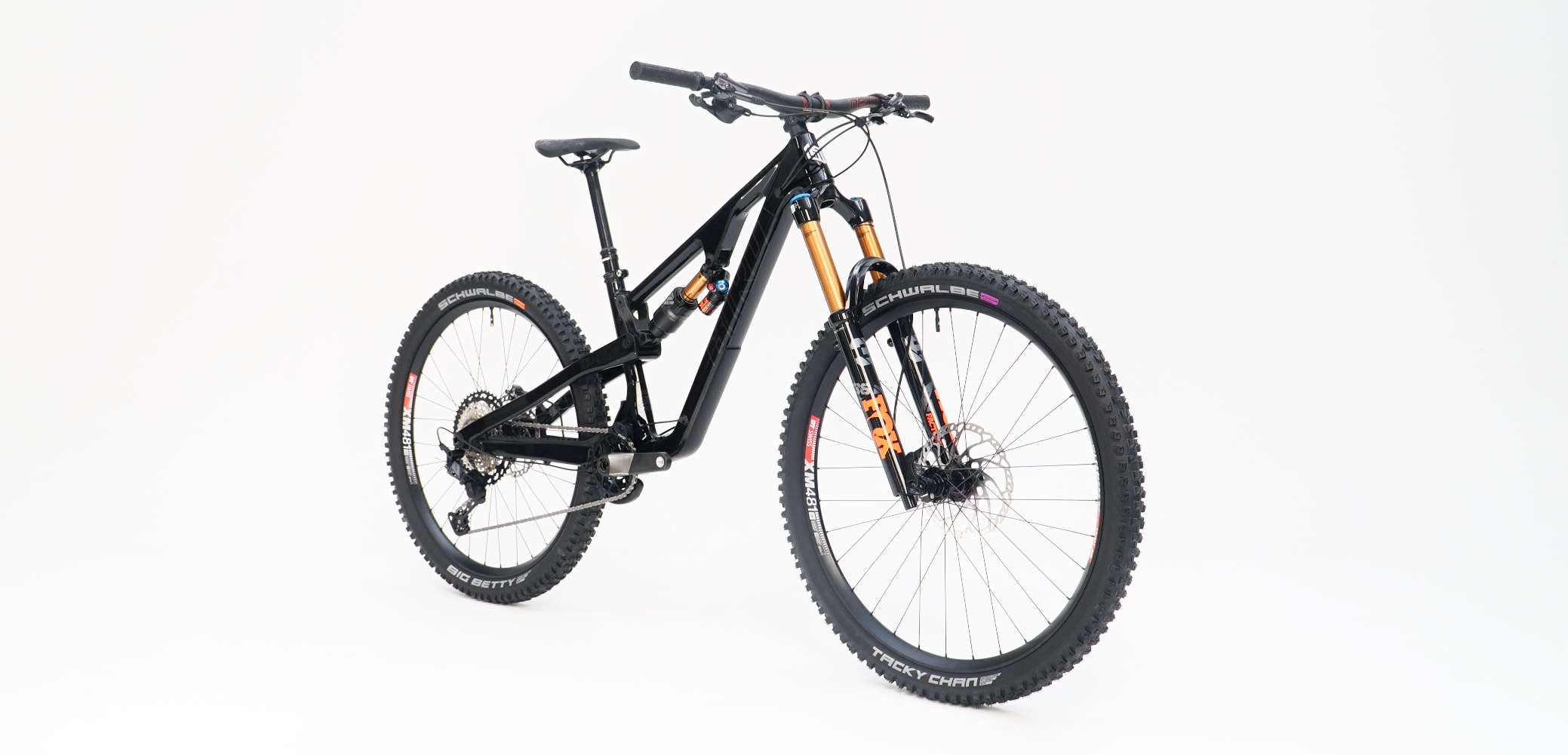
Following on from a pretty extensive testing period we’re pleased to announce that Bird’s Aeris models will now be available with multiple tune options, allowing you to get just the right set up for your weight at no extra cost.
For some time we’ve been testing new shock tunes in conjunction with our suspension partners , in order to determine the best tunes on the Aeris models for 2025. However our conclusion is that one size doesn’t fit all, and for that reason we’re going to start offering at least 2 tunes on each shock.
Previously we’ve offered up to 8 stock shock options on the models at any given time, but we’re dropping this to 4 for the start of 2025, with 1 more in testing right now – The choices have been selected in order to offer the best combination of value and performance.
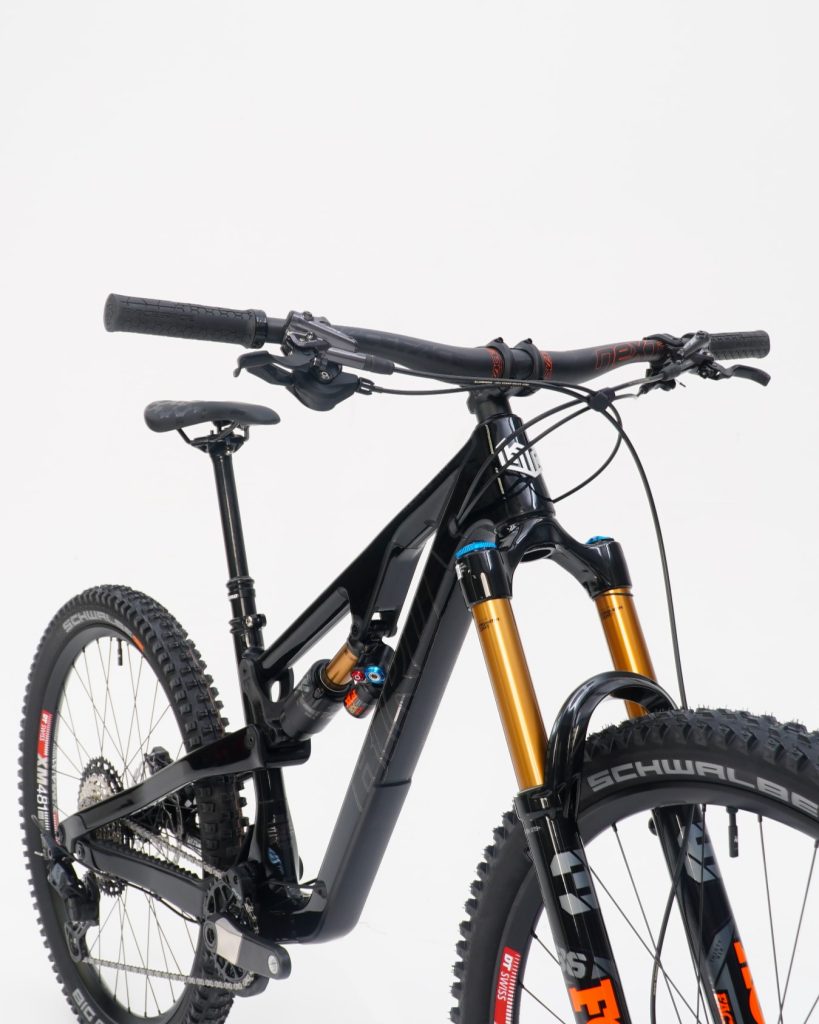
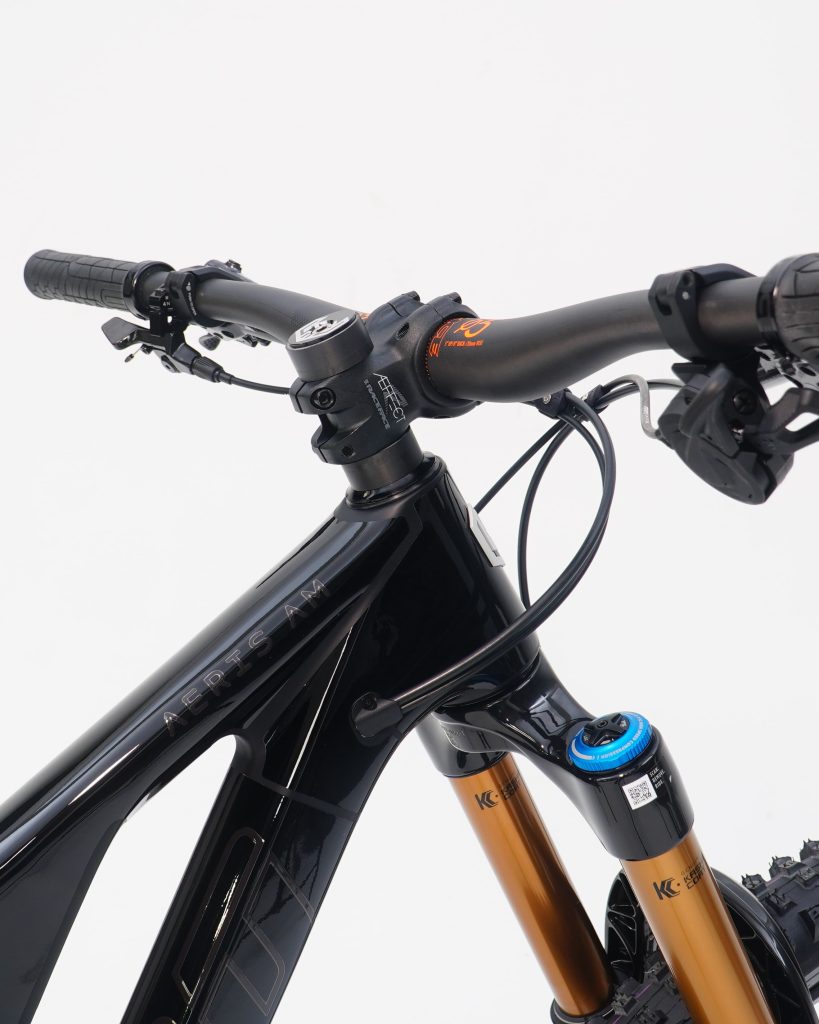
Why do this now?
There’s a combination of reasons why we’re doing this now, and it stems both from changes we’re making and changes in the shocks we use.
As shock technology has advanced, and performance has been steadily improving, we’ve correspondingly been slowly reducing the amount of anti-squat on our bikes overall, and putting a greater reliance on shock’s damping in order to create a stable pedal platform while maintaining bump compliance. That combines with reductions in progression for our shock curves mean we’re needing to increase the overall amount of damping available to our riders. Reducing the progression has been facilitated by the addition of HBO (Hydraulic bottom out) onto many of the shocks we’re choosing to run. This enables us to rely less on progression and more on the shock itself.
We feel this is a good thing because progression is very much a double edged sword. While it offers a playful, punchy feel to your suspension that we’ve championed over the years before it became the norm, air shocks still dominate our customer’s choices, and with the air shock you run the risk of hitting a wall of progression that makes the shock feel harsh in the last 1/3rd of the stroke having galloped through the first 2/3rds. Its also the case that the newer shocks from some suppliers have been able to run more open, with less cross-talk meaning a low compression tune 5 years ago might still have yielded far more damping than a newer generation model. Add to that the degree of confusion we see with customers chasing that illusive ‘Mid-stroke support’; this is something far easier achieved through compression tuning at our end on the shock than via air and tokens and it makes sense to focus in more on achieving the maximum performance we can for each individual customer out of the box.
Are the new tunes heavier or lighter?
In the case of RockShox, the tunes will generally be heavier than previous, offering both C30 and C36 compression tunes. On the Fox side we’re offering what is 2 new tunes for us, with only the lightest riders recommended to use the lighter tune, for most riders the standard (heavier) tune is better and offers a very wide range of options.
Why more than 1 tune?
While all the shocks we’re choosing to run for 2025 have adjustments for damping, those adjustments don’t offer a suitable range for the variety of riders we encounter, and as all bikes settle into a similar geometry and style in many other factors, suspension performance is increasingly the determining factor. We’re a small company and we talk to a great number of our customers. We know and understand what changes to suspension tunes can do for you as a rider, and want to pass that on. We’ve always been able and willing to retune shocks for customers if needed, but this is the first time we’ve been offering it up front.
What if I get the ‘wrong’ tune?
We have an in-house suspension workshop (A.K.A. Steel Town Suspension) which offers a full range of services, including re-tunes. If you decide you made the wrong choice, the first step is to loan you an alternate shock so you can decide if its the shock, or just your set up thats not right. The best way to do that is to visit one of our tuning days as soon as you get the bike. There you can test out alternative tunes, shocks and more, as well as access our suspension techs and tuning tools like shockwiz for free. Token, air can and spring swaps can be made on the day free of charge. If after that it still looks like a retune is the best option, we can arrange for your shock to come to our factory, or to the manufacturer for a retune at no extra charge in the first three months. After that a service will be needed that would incur some costs.
What else do you offer?
We currently offer all our customers a free tune up for any fork or shock they feel isn’t working right out of the box. That includes lower re-oil and lube, and bush re-sizing as needed. Just contact us to arrange the collection and drop off of your fork and we’ll take care of the rest for you (shipping charges may apply).
For 2025 we’re also offering a tune service for forks, which will allow for different tunes to be implemented on certain options before they leave the factory for the first time, as well as a pre-emptive fork service if you want it. Prices for this range from £30-100 depending on what you would like done.
We’re also finalising the recommended initial set ups on each shock so each shock will leave the factory with the correct settings based on the rider weight.
How do I book a tune up day?
Once we finalise the dates for our 2025 schedule, anyone buying a bike will automatically get an invite to join us on a tuning day. For everyone else, keep an eye out for the bookings when they open on our site. It’s been over 4 years since we last ran tuning days after the 2020 season was cancelled, so please bear with us while we build out the location list again! Tuning days are also demo days; so if you want to test a Bird that’s often the best time to do it – when you have both bikes and suspension options in one place.
When will these shocks be available?
We’ve already taken delivery of our first batch of X2s in both tunes, and we expect multiple RockShox options to be available in the new year. In the mean time if you want to retune a RockShox we can do that for you in most cases.

